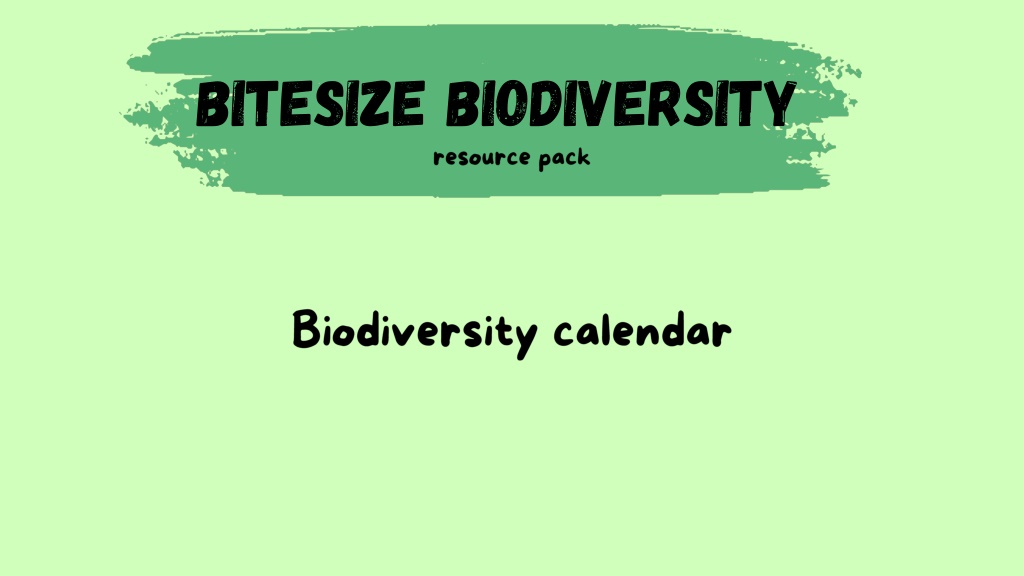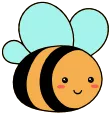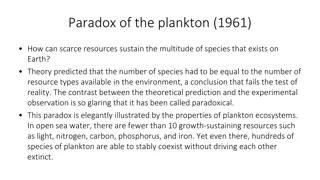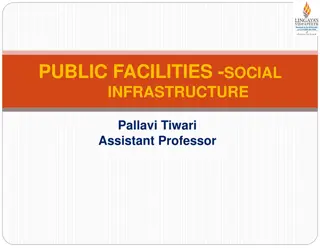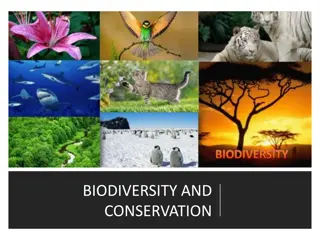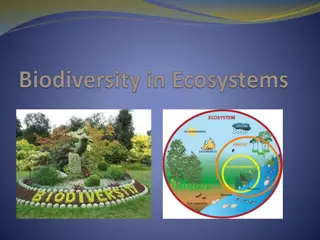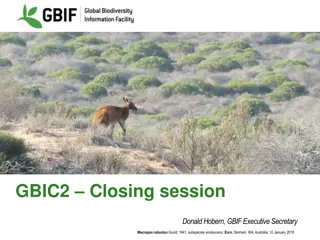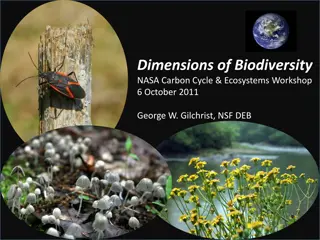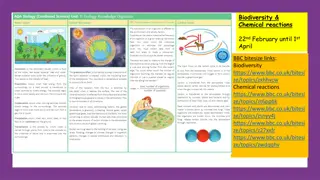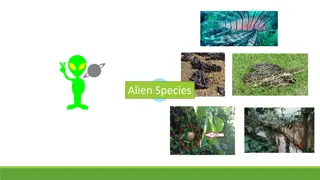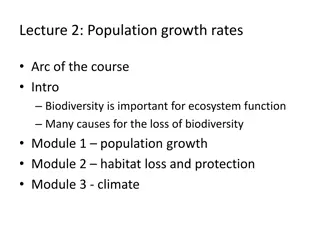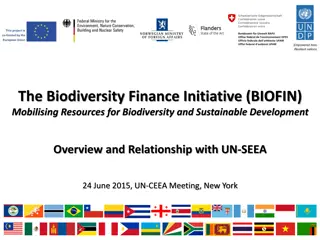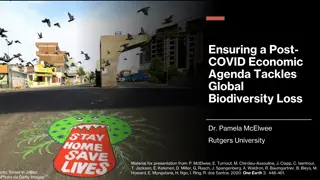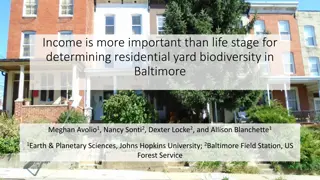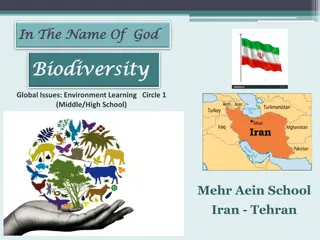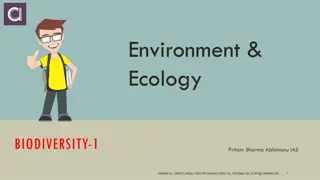Bitesize Biodiversity
Discover how your garden can be a hub for biodiversity with 12 monthly actions to support local species. This guide provides practical ideas for each month, complete with informational resources and video tutorials. Take small steps each month to make a big impact on biodiversity in your area.
Download Presentation

Please find below an Image/Link to download the presentation.
The content on the website is provided AS IS for your information and personal use only. It may not be sold, licensed, or shared on other websites without obtaining consent from the author. Download presentation by click this link. If you encounter any issues during the download, it is possible that the publisher has removed the file from their server.
E N D
Presentation Transcript
You may not realise it, but your own garden provides you with thousands of opportunities to help the biodiversity of your local area! This calendar provides you with just 12 of these ideas - one for every month of the year! You can print off this calendar and staple the pages together, then rip a new page off every month - or just keep this as a digital document! On each page, you will find a bee icon which you can click to learn more about one of the species that will benefit from that activity! You will also find a video icon on each page, which means you can click on it to find a YouTube tutorial for that activity! Finally, for even more information and activities relating to biodiversity and gardening, check out the bonus resource called Gardening for Biodiversity included in this pack!
January Monthly action:
February Monthly action:
March Monthly action:
April Monthly action:
May Monthly action:
June Monthly action:
Monthly action: July
August Monthly action:
September Monthly action:
October Monthly action:
November Monthly action:
December Monthly action:
